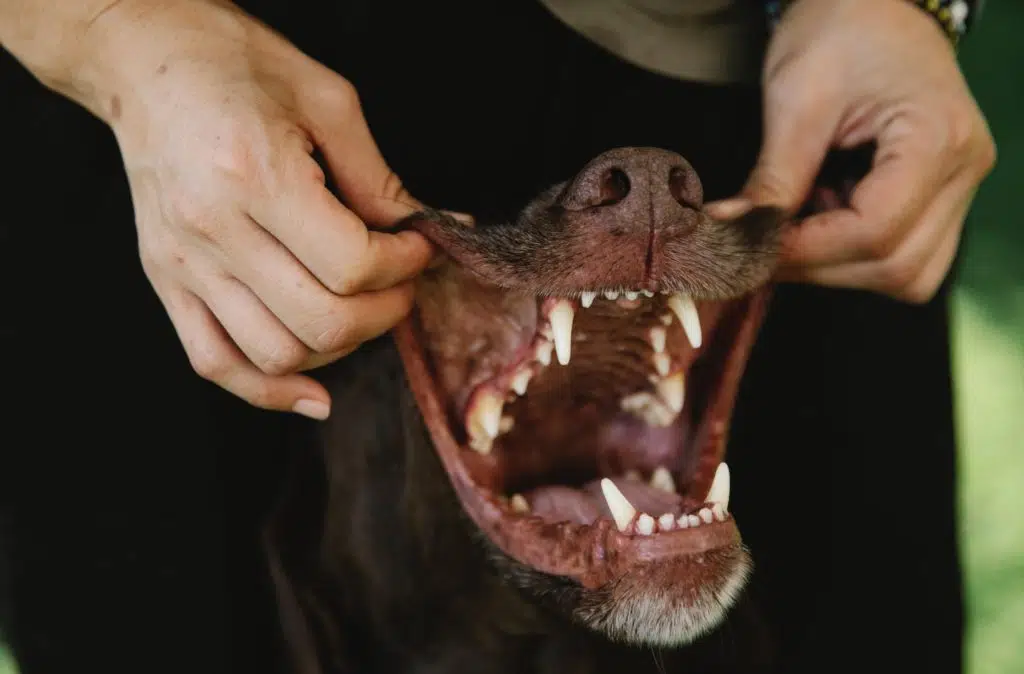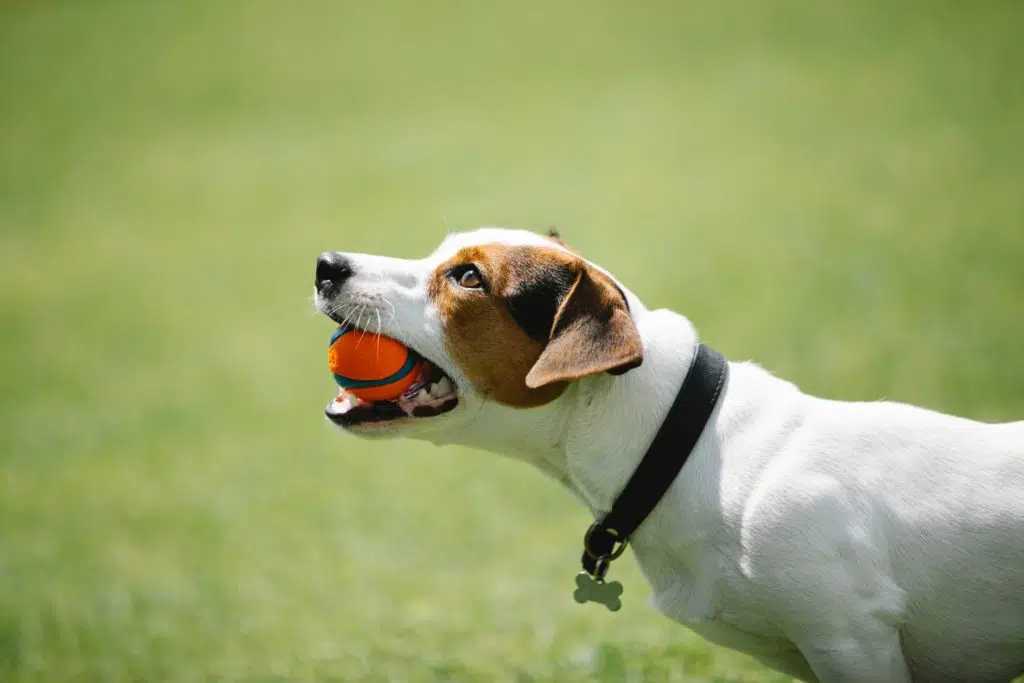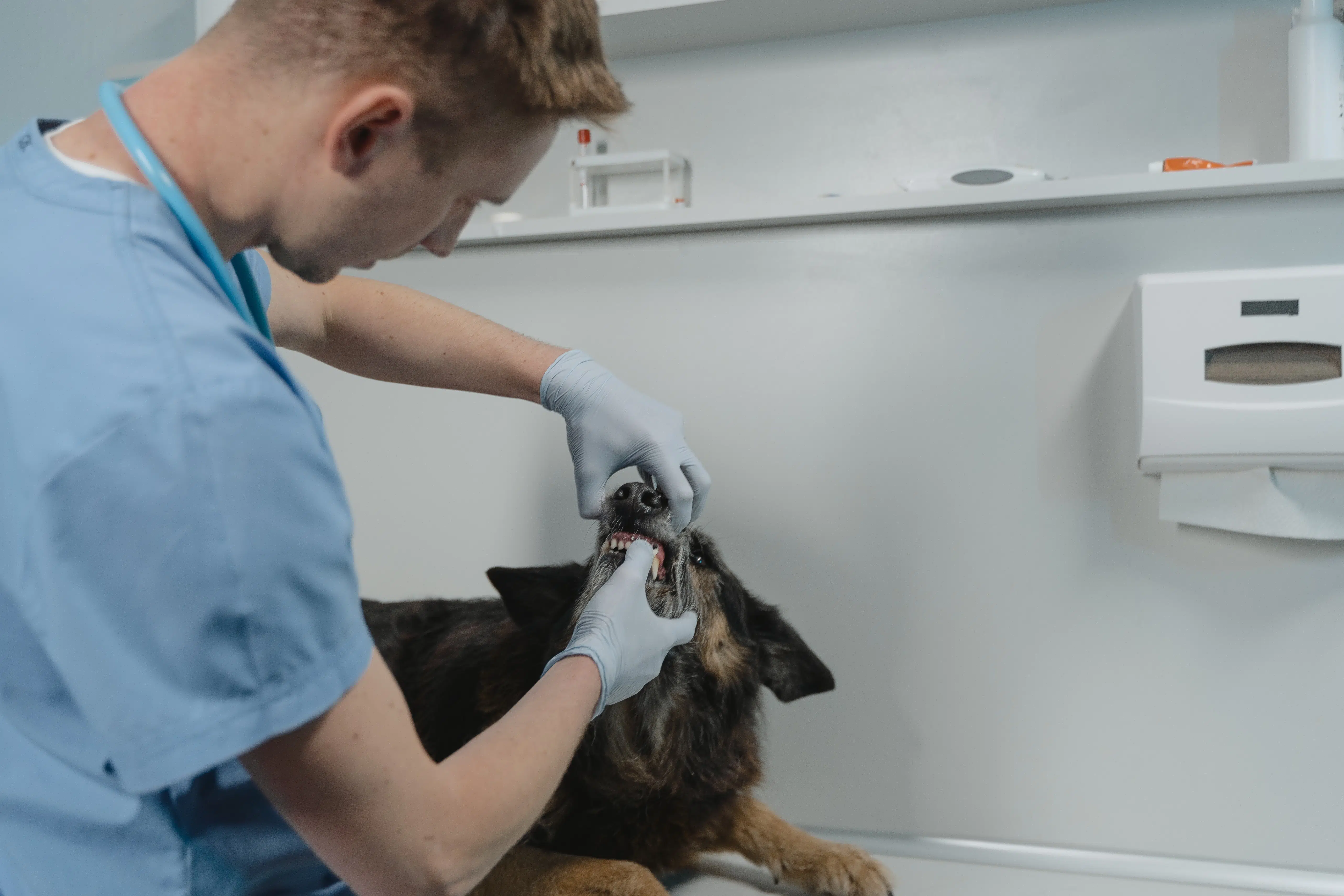Home » Blog » Pet » Pet Health & Safety » How Do You Treat a Tooth Abscess in Dogs?
Categories
Tags
animal welfare
breed profile
buying a car
buying a pet
Car
car accessories
car care
car features
car insurance
Car safety
car sales
car service
cat
cat behaviour
cat body language
Cat Breeds
cat food
cat insurance
comprehensive car insurance
Dog
Dog Behaviour
dog body language
Dog Breeds
dog food
Dog Insurance
dog training
eco friendly cars
Kitten
New Car
pet accessories
pet activities
Pet Adoption
pet breeders
pet days of the year
pet fun stuff
Pet Health
pet insurance
pet parenting
Pet Safety
pet services
Puppy
rescue pets
road safety
road trip
safe driving
Recent Blog:
Facebook Posts
1 day ago
Growing old sometimes means we can’t take care of pets anymore. Find out some advice on what to do when this happens:![]()
![]() Senior Pet Parents – Contingency Plans for Your Pet – bit.ly/44bzwkS
... See MoreSee Less
Senior Pet Parents – Contingency Plans for Your Pet – bit.ly/44bzwkS
... See MoreSee Less
Senior Pet Parents' Contingency Plans for Pets
www.pd.com.au
Sometimes senior pet parents need more downtime. For older pet owners, this can be tricky to navigate if their dog or cat is full of beans and wants to3 days ago
Before you rev up the engine, let’s run through a checklist of things to do before starting your car. Not only do these steps ensure your safety (and that of others around you), but they also help in maintaining your vehicle's longevity.![]()
![]() Driving Tips: Your Checklist Before Starting Your Car -
... See MoreSee Less
Driving Tips: Your Checklist Before Starting Your Car -
... See MoreSee Less
Driving Tips: Your Checklist Before Starting Your Car
www.pd.com.au
Heading out for a drive? Hold up a second! Whether you're dashing off to work, running errands, or embarking on a road trip adventure, there are a few1 week ago
Are intestinal worms setting up camp in your dog’s gut without paying rent? Here’s how to spot the main culprits and get rid of them too:![]()
![]() Preventing, Identifying and Treating Intestinal Worms in Dogs - bit.ly/43YjCKu
... See MoreSee Less
Preventing, Identifying and Treating Intestinal Worms in Dogs - bit.ly/43YjCKu
... See MoreSee Less
Preventing, Identifying and Treating Intestinal Worms in Dogs
www.pd.com.au
Intestinal worms, such as roundworms in dogs are one of the least glamorous topics on the planet. These intestinal parasites that basically use our dogsAs you may know a tooth abscess is incredibly painful. Unfortunately it’s no different for your four-legged baby. And, while this may come as a surprise to you – a tooth abscess in dogs is not uncommon.
It can also lead to a range of other complications. So, let’s dive into things you need to know about your dog’s dental hygiene when it comes to the almighty abscess.
Abscessed teeth in dogs: Top causes
A tooth abscess in dogs, cats and humans alike is the result of a bacterial infection at the root of a tooth. Tooth enamel usually protects the root canal, nerves, and blood vessels from infection. If the enamel covering a healthy tooth breaks or chips, those important inner toothy bits are left exposed to bacteria. An abscess is an inflammation that forms in the exposed root canal and fills up with pus.
Dogs can fracture a tooth by chewing on bones, hard toys or biting on other hard objects. Dental cavities and gum diseases such as gingivitis are also common causes.
Common symptoms of tooth abscess in dogs
Even though a tooth abscess is very painful, a dog may not show obvious signs of pain. Instead they may be reluctant to eat or chew on their favourite toy.

Other signs to look out for with abscessed teeth in dogs include:
- Bad breath.
- Will not allow you to touch their face.
- Chewing their food on one side of the mouth.
- Decrease in appetite.
- Inflammation of the tissue below their eyes.
- Excessively pawing, scratching, or rubbing one side of their face on hard surfaces.
- Redness and swelling on the gums around the abscessed teeth.
- Diagnosis and treatment of abscessed teeth in dogs.
Treating a tooth abscess yourself is not possible as it’s a very painful condition and it’s not advisable if you’re not a medical professional. So, if you have suspicions schedule an urgent appointment with your vet.
To help relieve the pain your pooch will get antibiotics or anti-inflammatory medication. However, to properly treat abscessed teeth in dogs there are only two options – root canal therapy (a procedure that preserves the structure) or extraction.
A vet will take x-rays of the inside of a dog’s mouth to confirm a tooth abscess and assess the damage to the tooth before deciding on the best treatment. Remember, if your vet decides to perform a root canal this needs to be rechecked a few months after the procedure.
Why it’s important to treat a dog tooth abscess
If a dog’s tooth abscess is left untreated it causes prolonged pain, tooth loss and the infection can spread to other teeth. It can also spread to the face and eye, leading to more serious health conditions.
Periodontal disease, which is one of the common causes behind an abscess, weakens the bone structure. If the bacterial infection is not washed out it can lead to sepsis, an infection of the bloodstream that can be life threatening. A dog’s jaw structure can also be affected.
Untreated dental disease can contribute to infections of the heart, lungs and cancer too. Poor oral hygiene has also been linked to chronic inflammation and stress, which can impact a dog’s insulin levels, leading to diabetes in dogs.
Pretty good reasons to treat that pesky dog tooth abscess quick smart.
Tips to help prevent abscessed teeth in dogs
Prevention’s better than cure when it comes to your canine’s dental hygiene. Most vets recommend that your fur baby has a dental checkup at least twice a year. If your pooch has previously had a tooth abscess the frequency of this may be more.
Adopt a simple oral hygiene routine by brushing your fur baby’s teeth daily (see our instructions below and read our article on dog teeth cleaning). This will prevent the build-up of tartar and plaque that can cause periodontal disease, tooth decay, abscesses, and loose teeth.
Further, keep out of reach any hard objects that could potentially crack your dog’s teeth, resulting in a slab fracture.
How to tell if your pup has a slab fracture
A slab fracture happens when a portion of the tooth’s surface breaks off, exposing sensitive tissue and the pulp, which can result in abscessed teeth. This can happen when a dog munches into something hard with their cheek teeth at a specific angle.
Although it’s possible for any tooth to fracture – the maxillary fourth premolars (two in the upper jaw and two in the lower) are a little more vulnerable to injury because of their purpose to “shed” or “tear” food.

Beyond tooth abscess in dogs: Other dental diseases
Tooth abscess in dogs are not the only thing you have to worry about. Poor dental hygiene can lead to dental diseases, which are very common in canines.
Research shows that over 80% of dogs around two years old suffer from dental disease. The most prevalent is gingivitis, which is inflammation of the gums, caused by a build-up of plaque. If it’s left untreated it can lead to more serious issues such as periodontal disease, causing tooth decay and sometimes damage to the bone structure.
Tips for teeth brushing
Now you’re armed with knowledge about the risks of dental disease and tooth abscess in dogs, here are some top tips to get you brushing your pup’s teeth right away.
Here’s the process broken down step by step:
- Buy an appropriately-sized dog toothbrush and dog toothpaste
- Choose a time when your dog is calm
- Depending on the size of your dog, either put them on your lap or sit down with them on the floor
- Open their mouth gently
- Brush the outside of the teeth; only do the inner parts if your dog is happy to have that done (most teeth issues occur on the outer surfaces)
- Brush their teeth in either a circular or up and down motion, starting by holding the upper lip and brushing the canines. Try to focus on the teeth and gum line rather than gums themselves
- When you do brush the gums, be very gentle so they don’t bleed
- You can then move sideways or downwards to the other teeth, remembering to praise your dog
- Don’t go the whole hog with your first go – spend longer and longer brushing the teeth each time until you get across all teeth in two minutes
- Finished! There’s no need to rinse or floss, luckily
On a side note, if you’ve just brought home a new addition, read more about puppy teething.
Health cover for a tooth abscess in dogs (and cats!)?
As a pet parent, you’re aware of how quickly those unexpected vet bills can add up during an emergency. There are many different pet insurance policies out there for you choose from. However, a more comprehensive plan including pet dental insurance may help you save in the long run.
The PD Insurance Deluxe plan covers a range of dental treatments for your pet, capped at an annual defined benefit limit. This dog insurance and cat insurance includes cover for:
- Tooth abscess in dogs and cats
- Gingivitis
- Tooth removal where medically required for cavities, tooth fracture, dental disease due to infection and retained deciduous teeth
Why not take two minutes to get a quick quote?
Share On:




